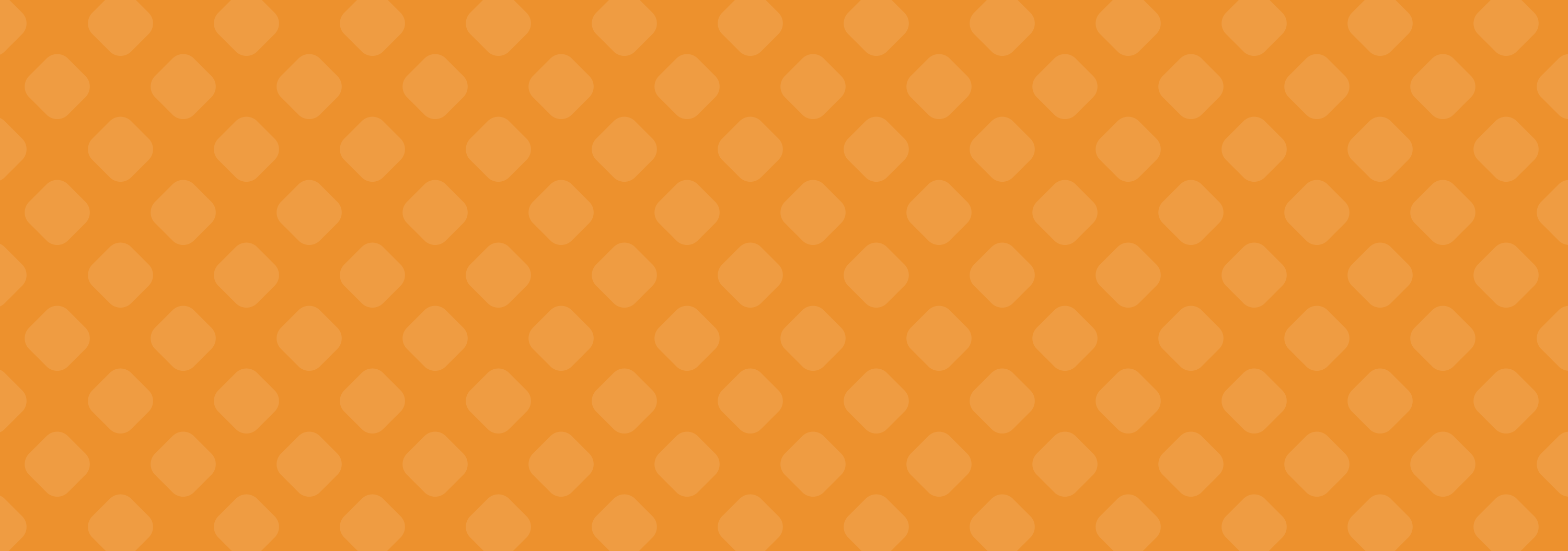How experience is accelerating the world
Change is the only constant.
Organisations are increasingly understanding and appreciating the value of being experience led. What does this mean for businesses? That the potential of UX thinking will continue to add more value to customers and the world, and that companies will become more equipped to deliver on them and its cultural values through the employee experience. This presents an unprecedented opportunity for the developing profession to extend its impact beyond the screen and actually affect broader issues for business and society.
So how do we create inherently better and more meaningful experiences that truly address change?
1. Have a singular radical purpose
For experience design to have meaningful impact in the world, it must serve a clear-cut vision and purpose. It has to be the vessel for an exchange of value – one that starts as a sharp and focused intent, before trickling down to every aspect of the organisation. In the constantly shifting landscape we live in, it can often feel like the world is in decay. This means the value an entity offers needs to be increasingly disruptive. Here we can learn from the world of start-ups, who famously pursue a singular purpose really well, for instance, a company like Zocdoc and their ambition to give power to the patient.
By holding up a clear and radical objective as our yardstick, we can then constantly ask ourselves- does our work contribute or take away from it? Is it building towards, and delivering on, a fundamentally better outcome?
2. Base it on universal truths stemming from human nature
As people, we are all malleable. The experiences we expect and need are constantly changing as the tech around us evolves. We quickly adjust to new baselines of ‘good’ design that meet our immediate needs. How quickly do we become irritated these days when the Wi-Fi goes down for ten minutes? This inflation of expectations will only increase as we continue to assimilate new advances in areas like robotics, AI and genomics in the future.
As our surface needs evolve in tandem with technology and culture, the deep fundamental human truths of who we are remain. By focusing on those core universal truths, we can shape future-facing experiences – ones that look beyond the current limitation but remain grounded in today. This then allows us flexibility in the ‘vessel’. For example, in our work with Grubhub, we built around the fundamental truth that people want food for health, well-being, enjoyment and social bonding. Not solely because they want a delivery service.
3. Think in systems, from the micro to the macro
For experience design to truly shape the direction of an organisation, it must operate on multiple levels. We have to consider the wider context an experience operates in, whilst understanding every granular interaction where a purpose manifests, from the overall vision to the swipe of a button.
The user is one input in that system, along with service, product, manufacturing, materials, energy, organisation, environment, social etc. It’s still necessary to go deep into the human needs, but we consider the relationship with the cultural movements they are a part of. For instance, we can shape the user’s experience to encourage a better lifestyle, giving a positive effect for the community at large. But, as in the work we’ve done with Virgin Active, the ambition to help people live better needs to work in every micro behaviour, nudge and interaction with the overall experience.
4. Focus on signature moments
For maximum impact, we should focus in those key moments of interaction between organisation, employee and customer where we can channel meaningful value. Such moments aren’t always required; most interaction points only need best practice UX design. But where the right opportunity to deliver a unique, purposeful branded experience exists, we should craft those touch points to cultivate an understanding of the overall entity and what it offers.
Doing this usually involves multidisciplinary teams thinking about the multiple senses. For a recent project, we’ve been creating mindful experiences for an urban development in China. This has involved working with industrial, sound and landscape designers, while developing a programme of events to embed those holistic signature moments.
We should always be thinking about the impact our work has in the world, and our part in shaping the narrative of technological progress. If we don’t, we miss out on using our deep understanding of people and design to its potential. We will be limited to churning out standardised patterns in a sea of homogenous experiences where tech becomes one big blurry click vying for our attention. This would be a loss as we have the opportunity to navigate and define the value of emerging technology and the futurist scenarios that are unfolding around us.
Illustration by Erika Baltusyte
Kartik Poria is Senior UX Designer at Wolff Olins London. You can follow him @kartik_jp
